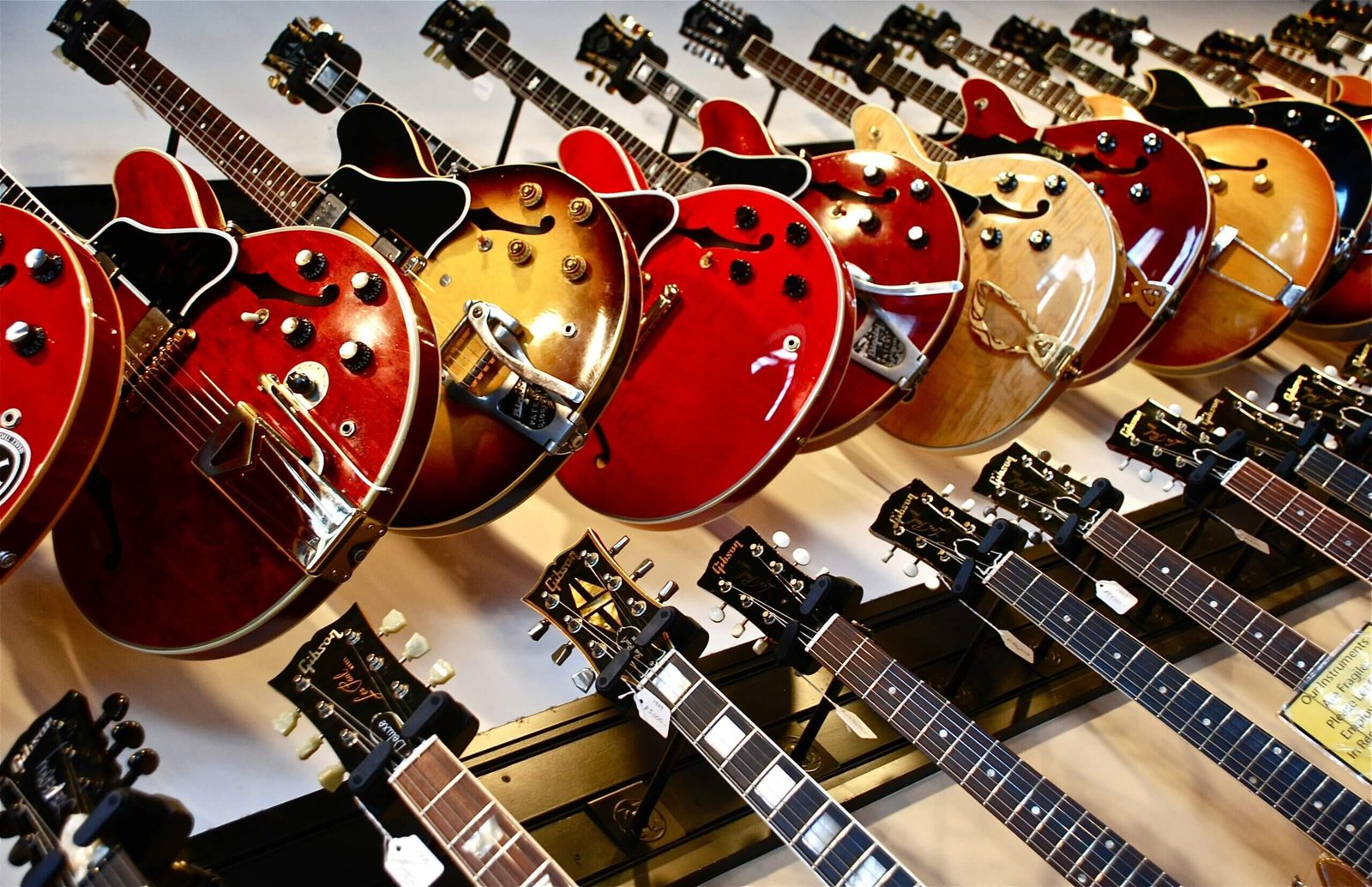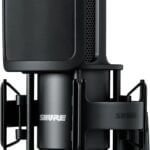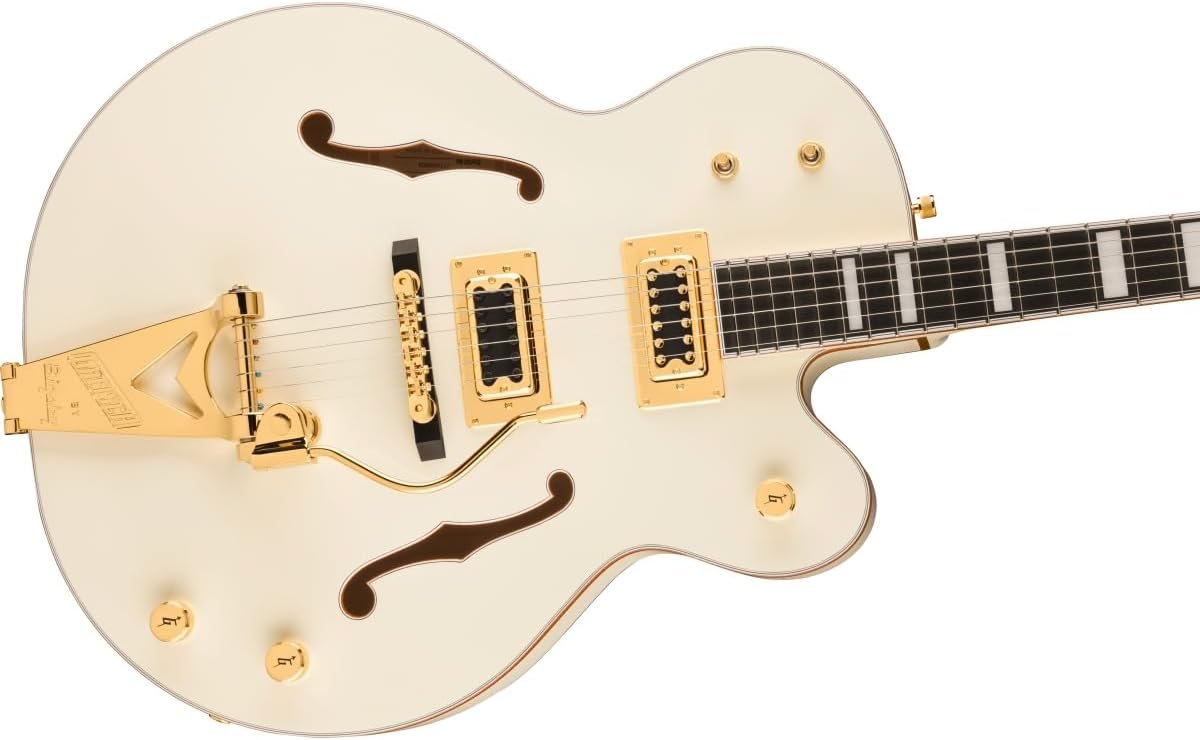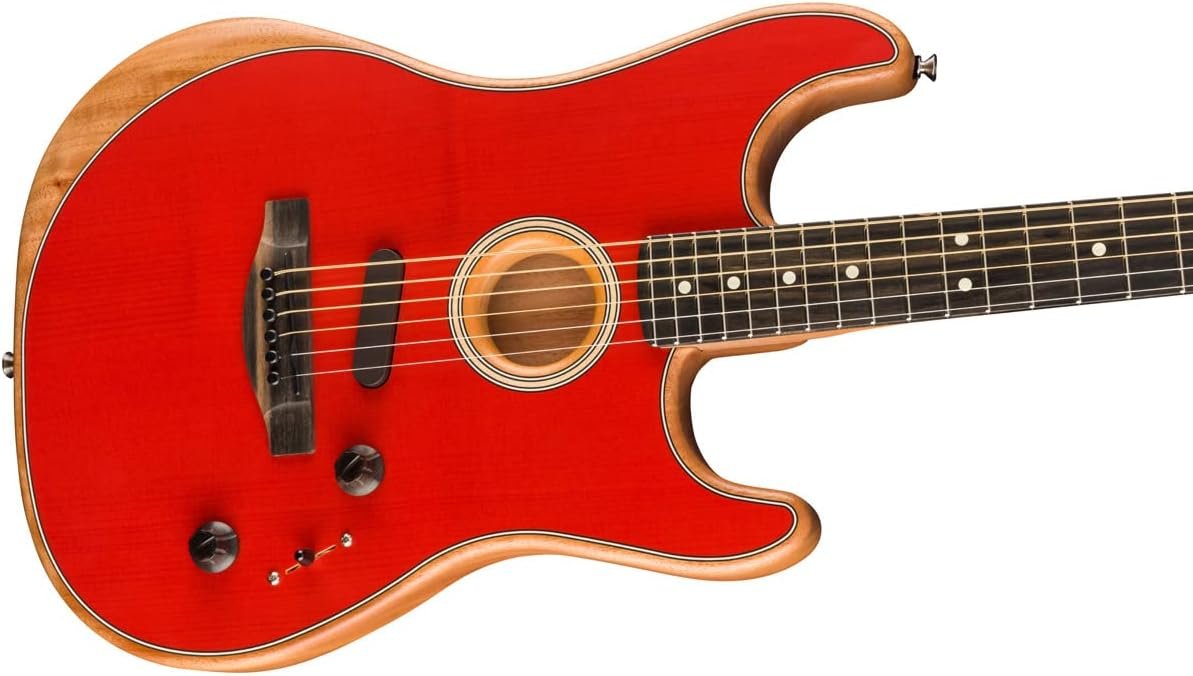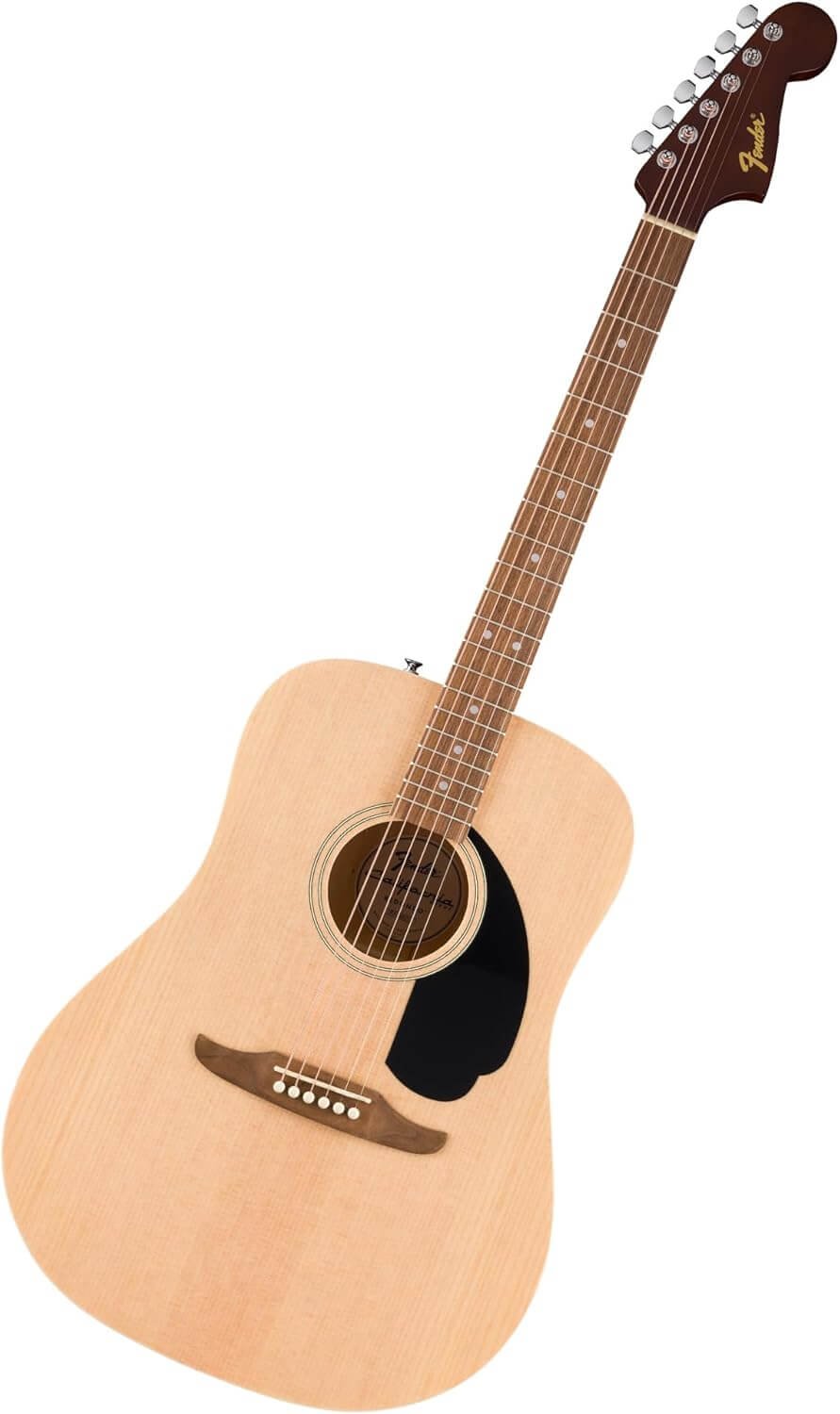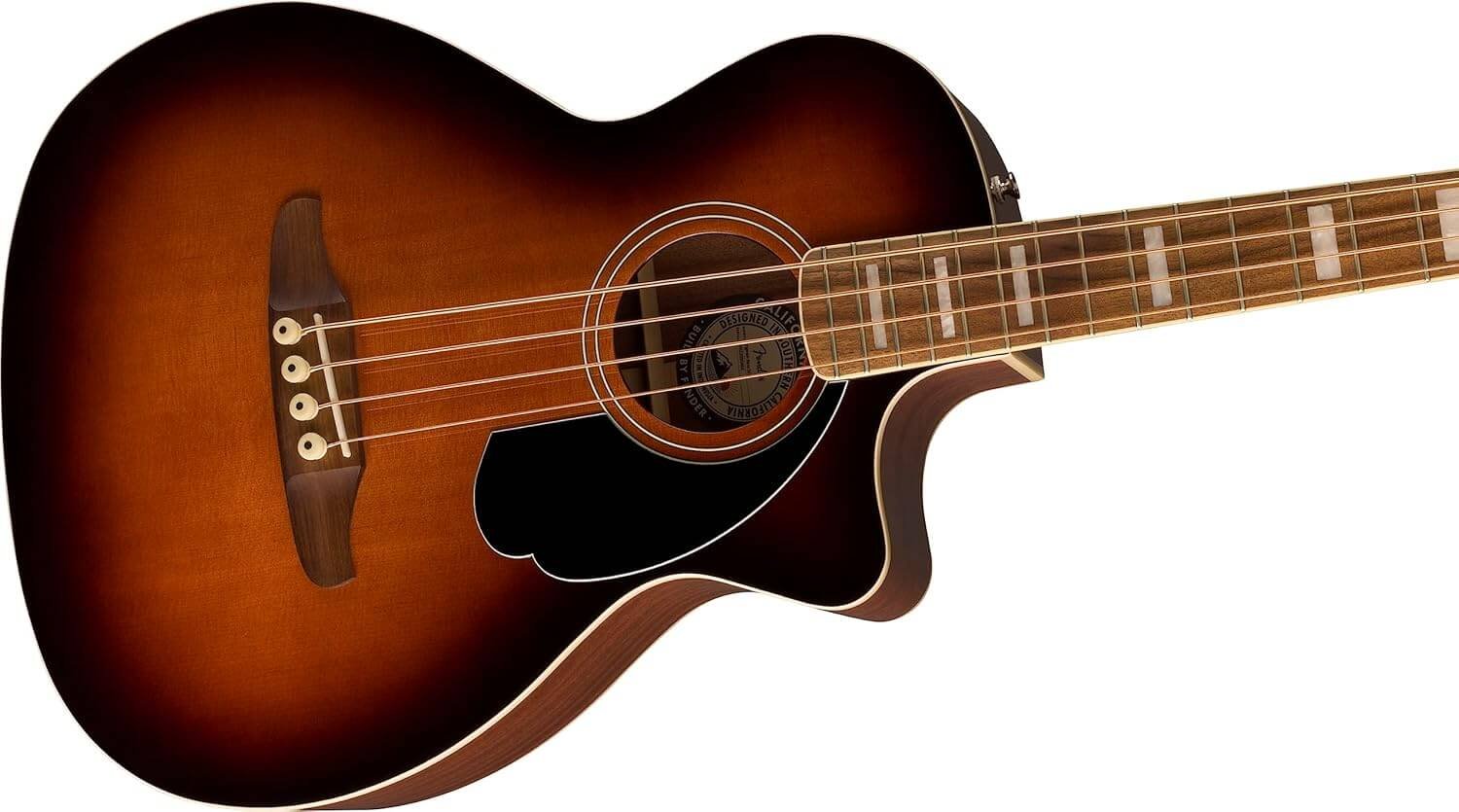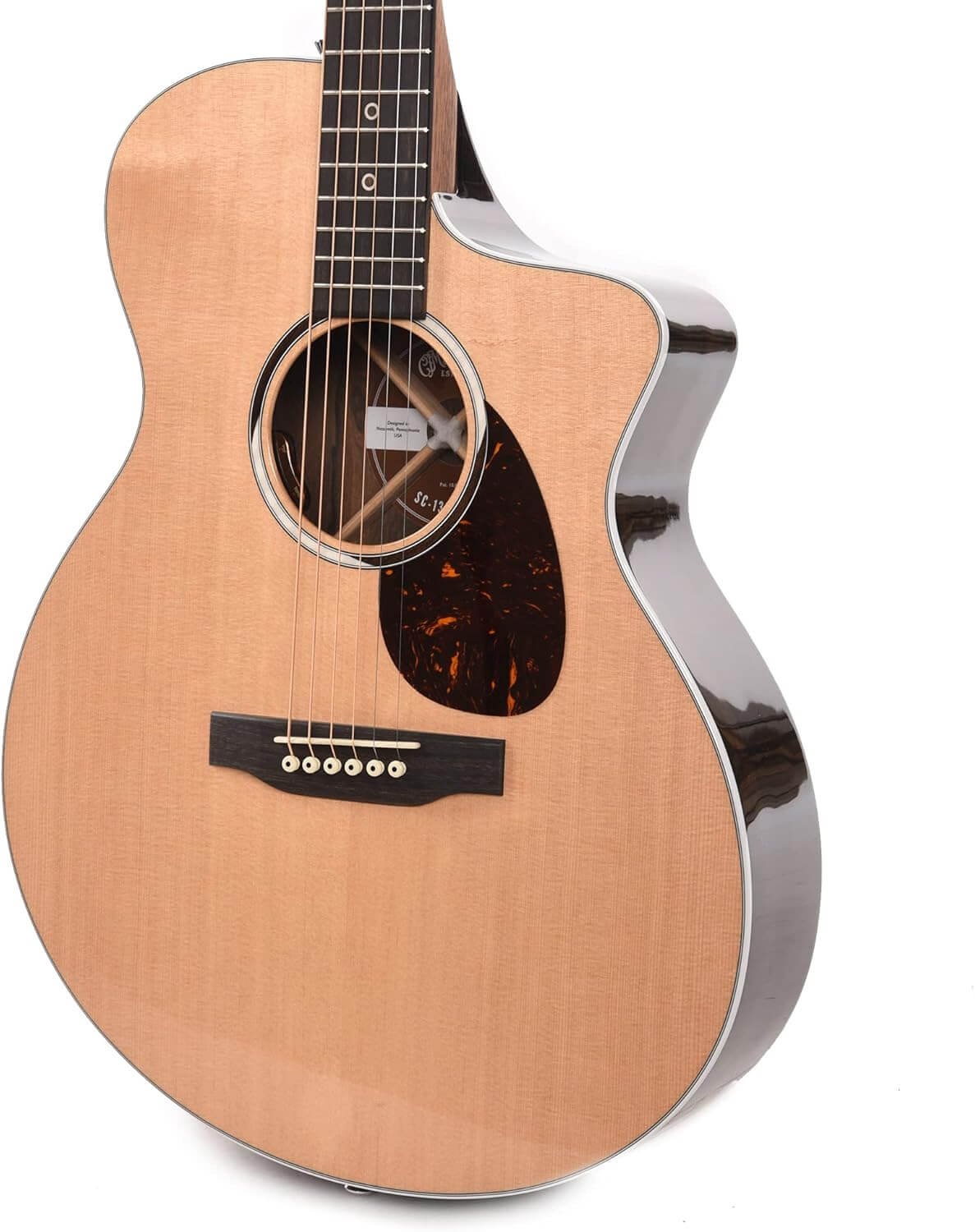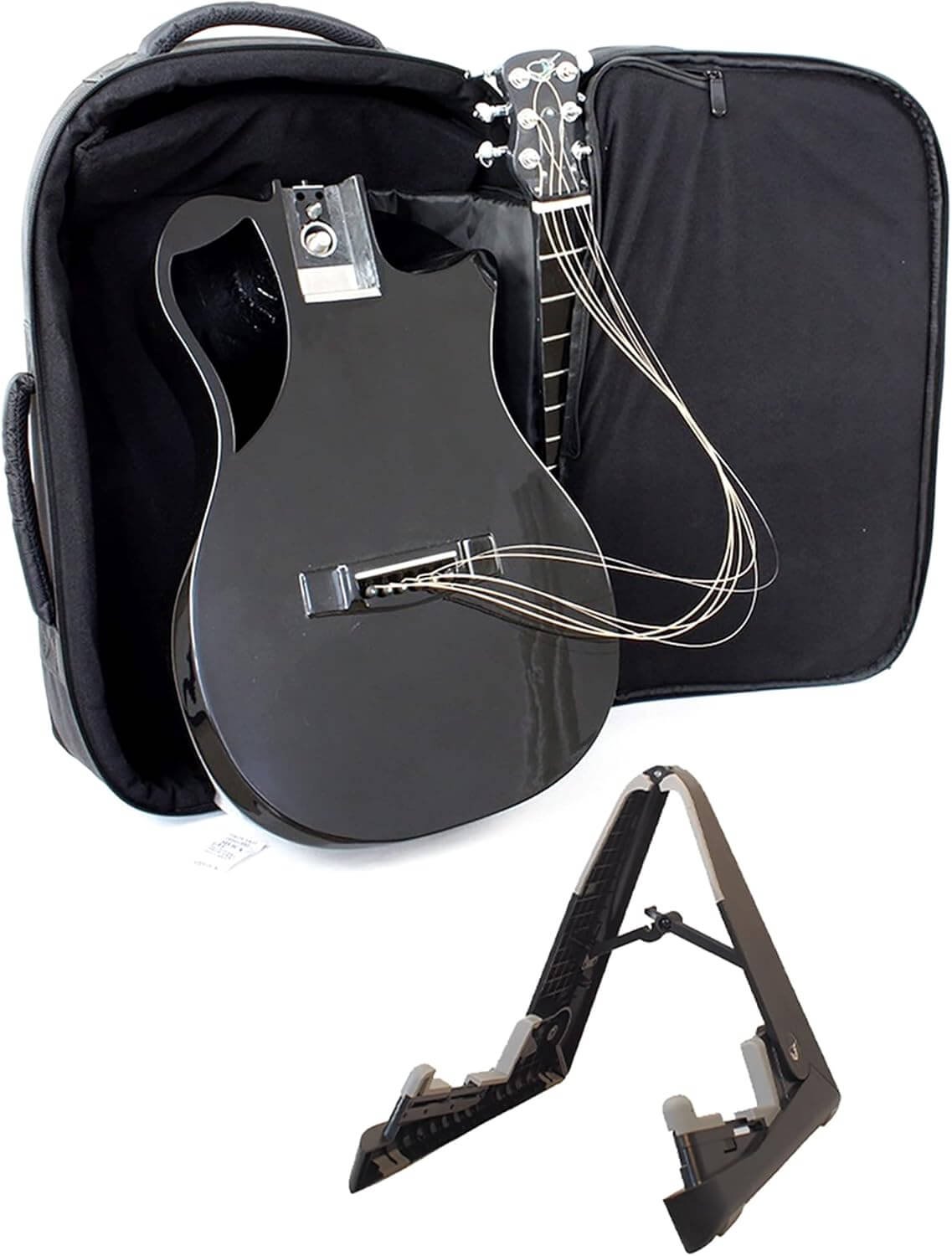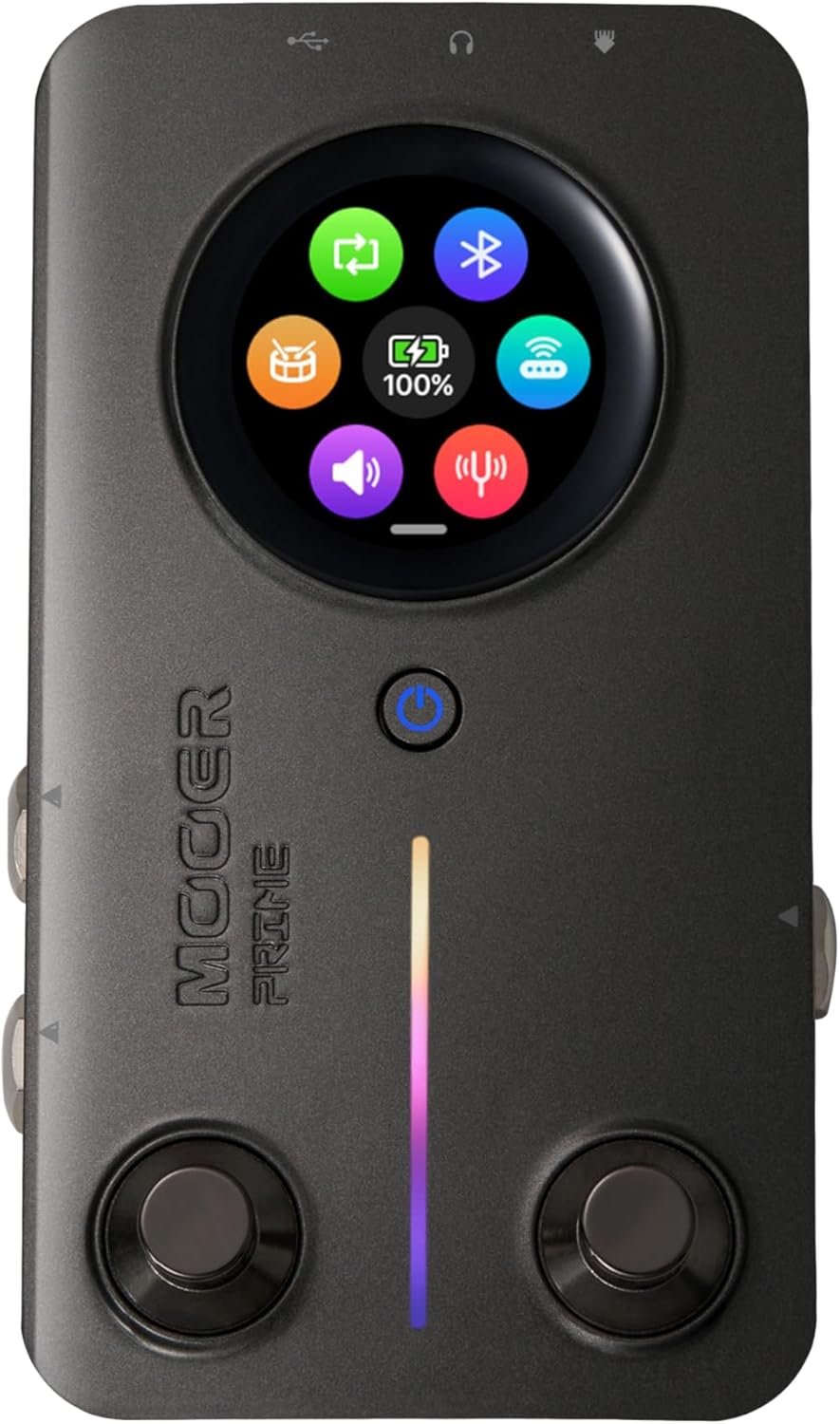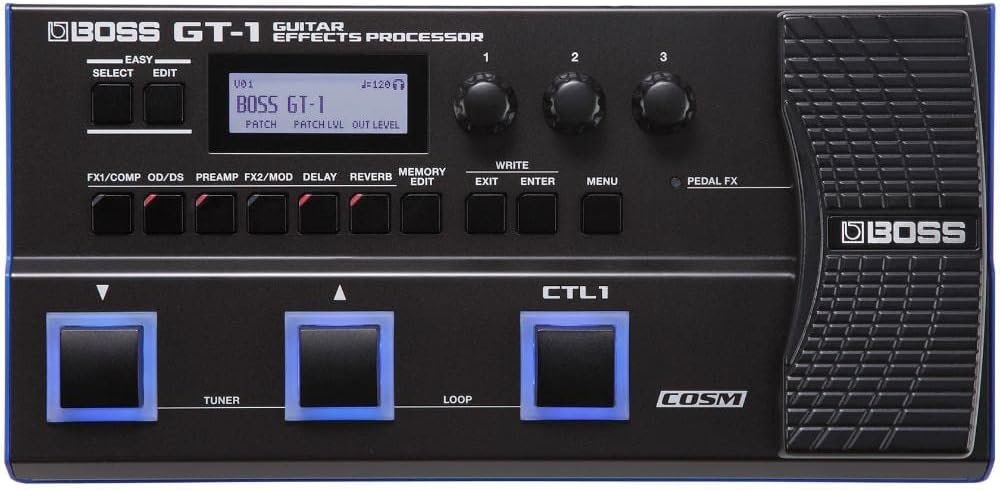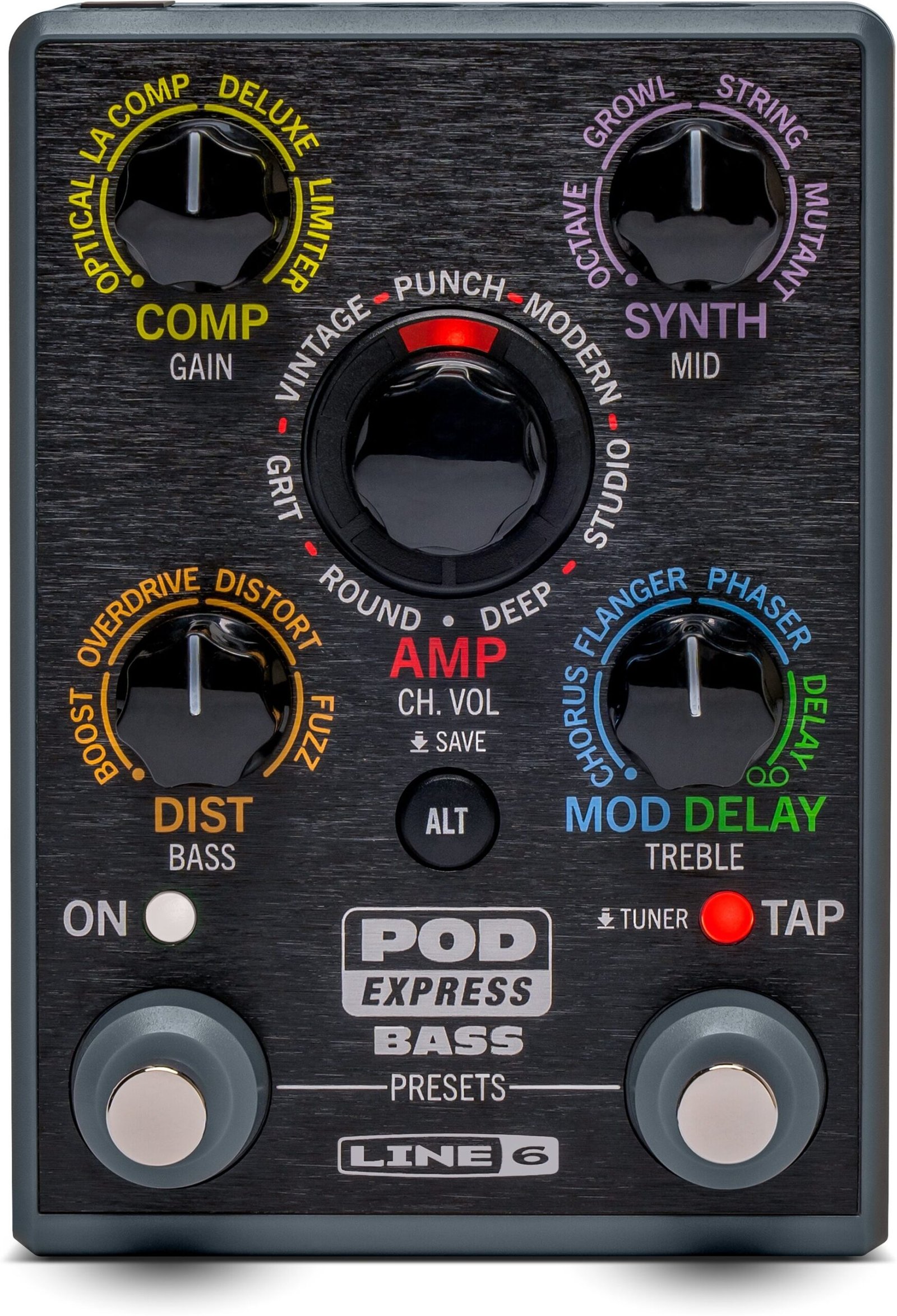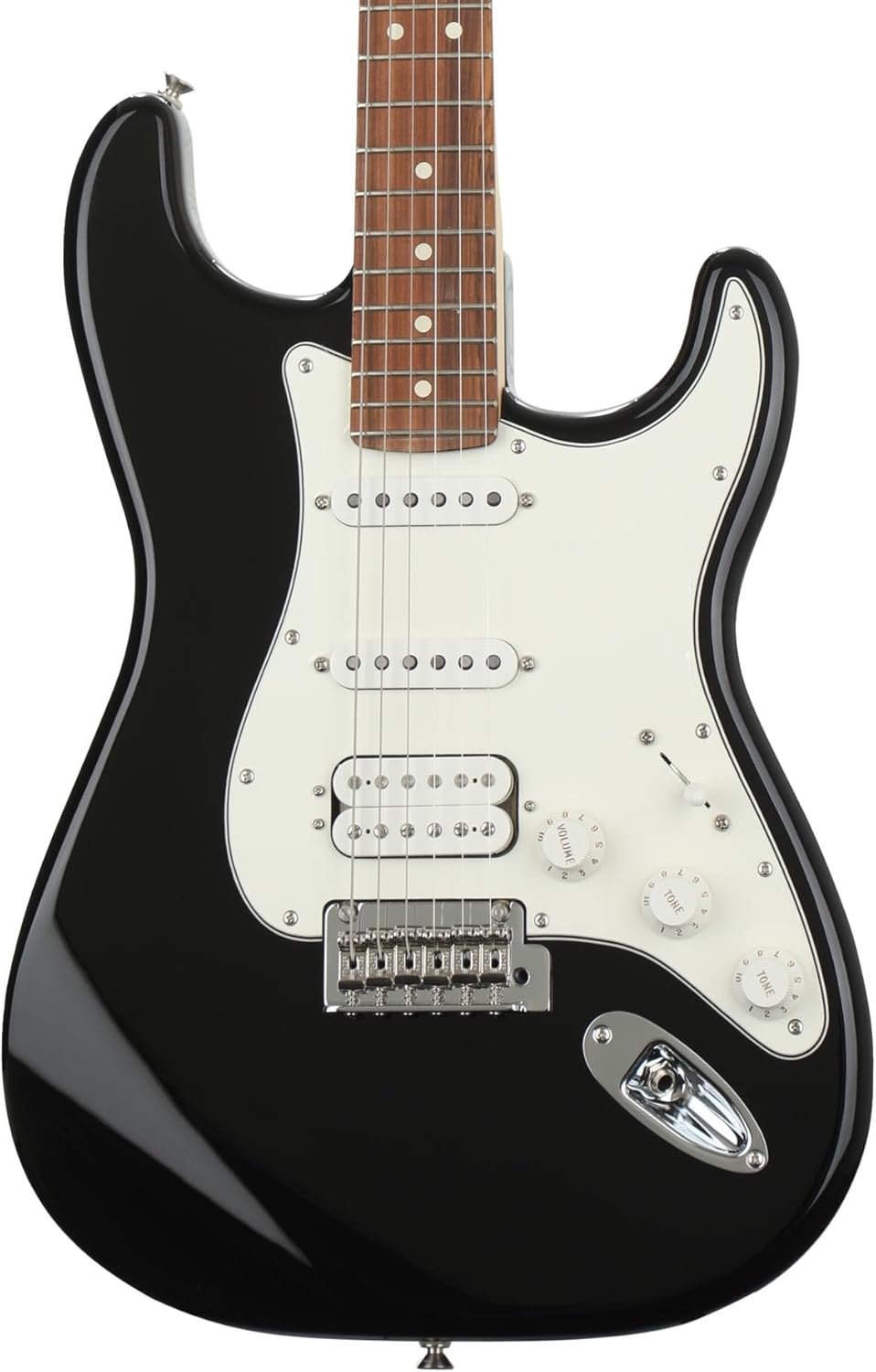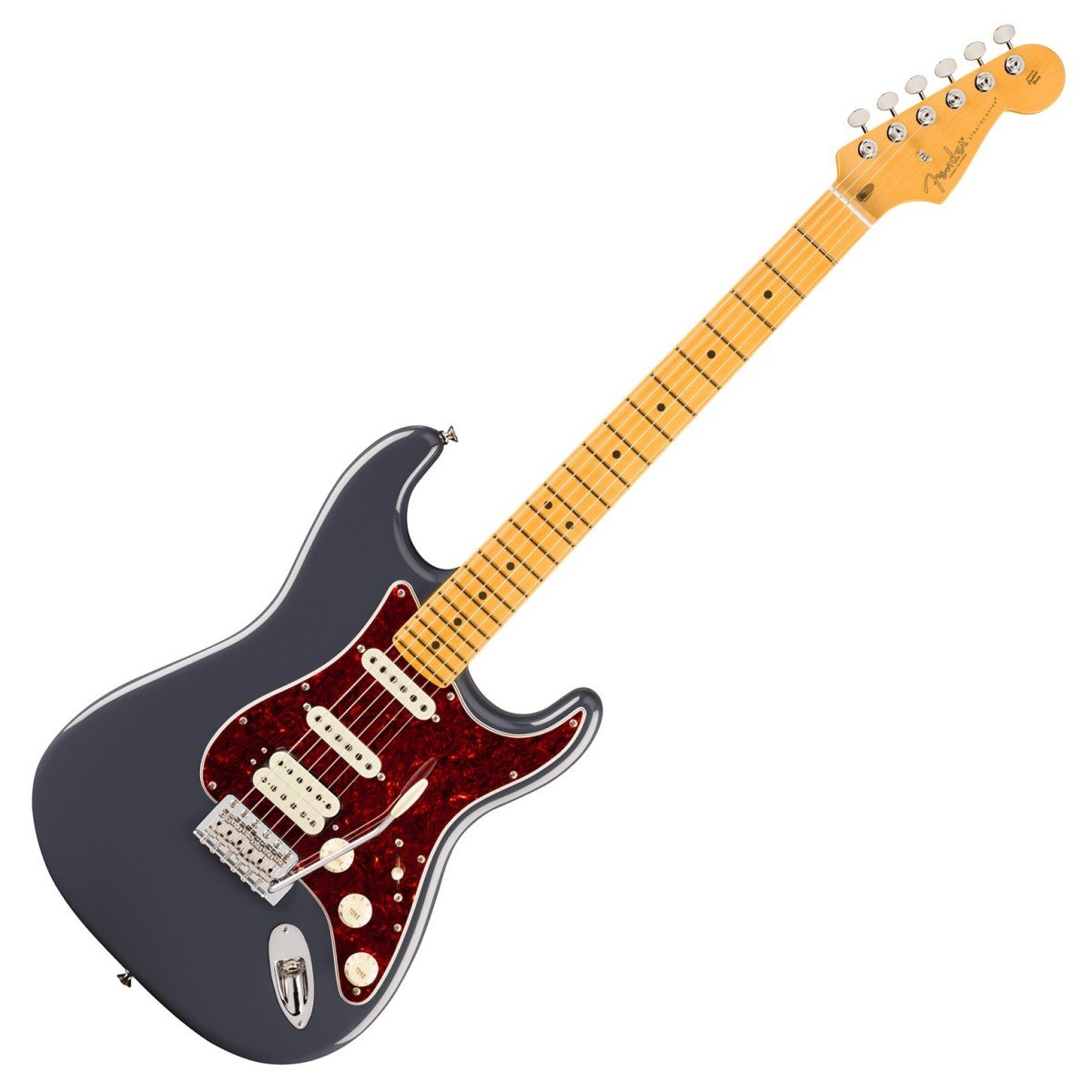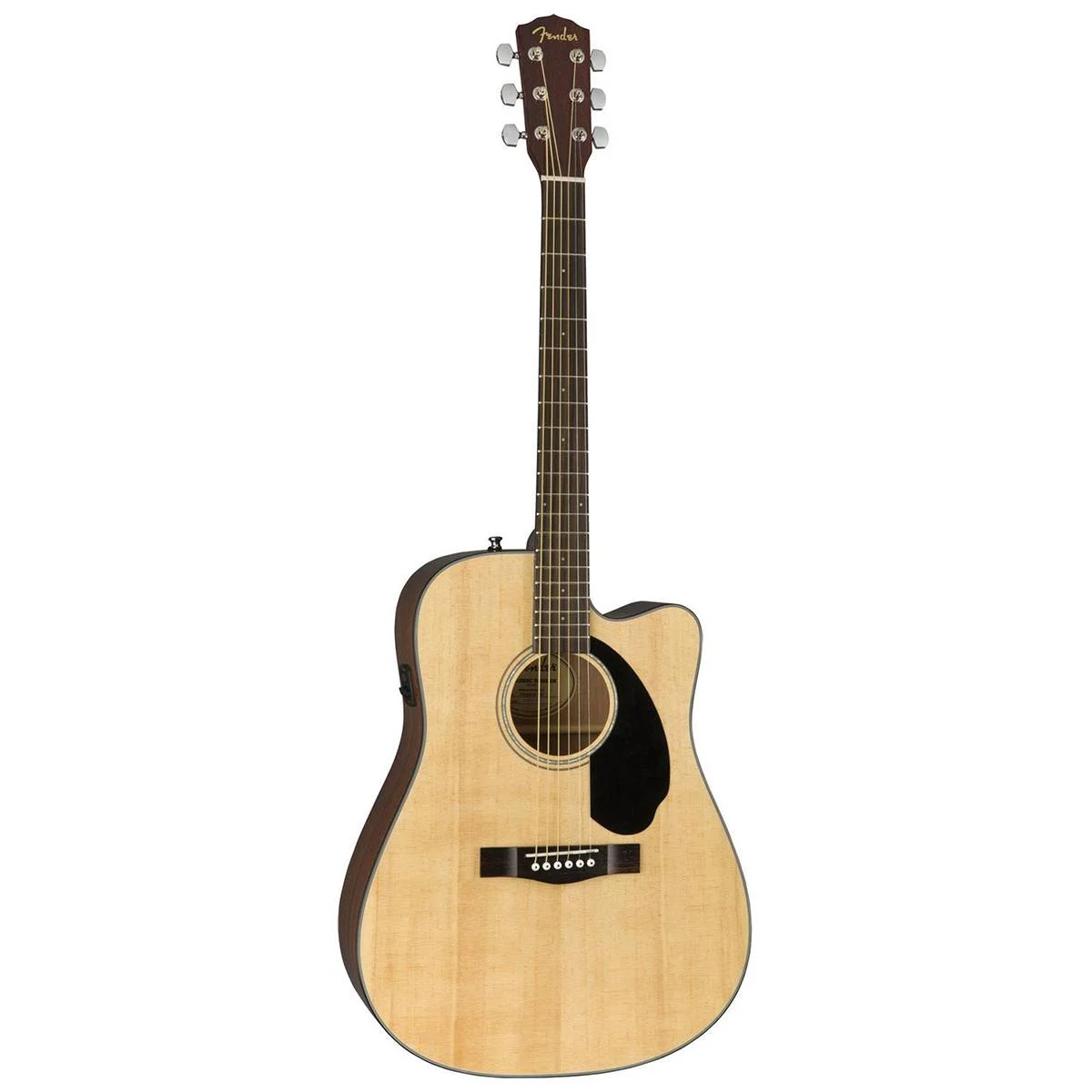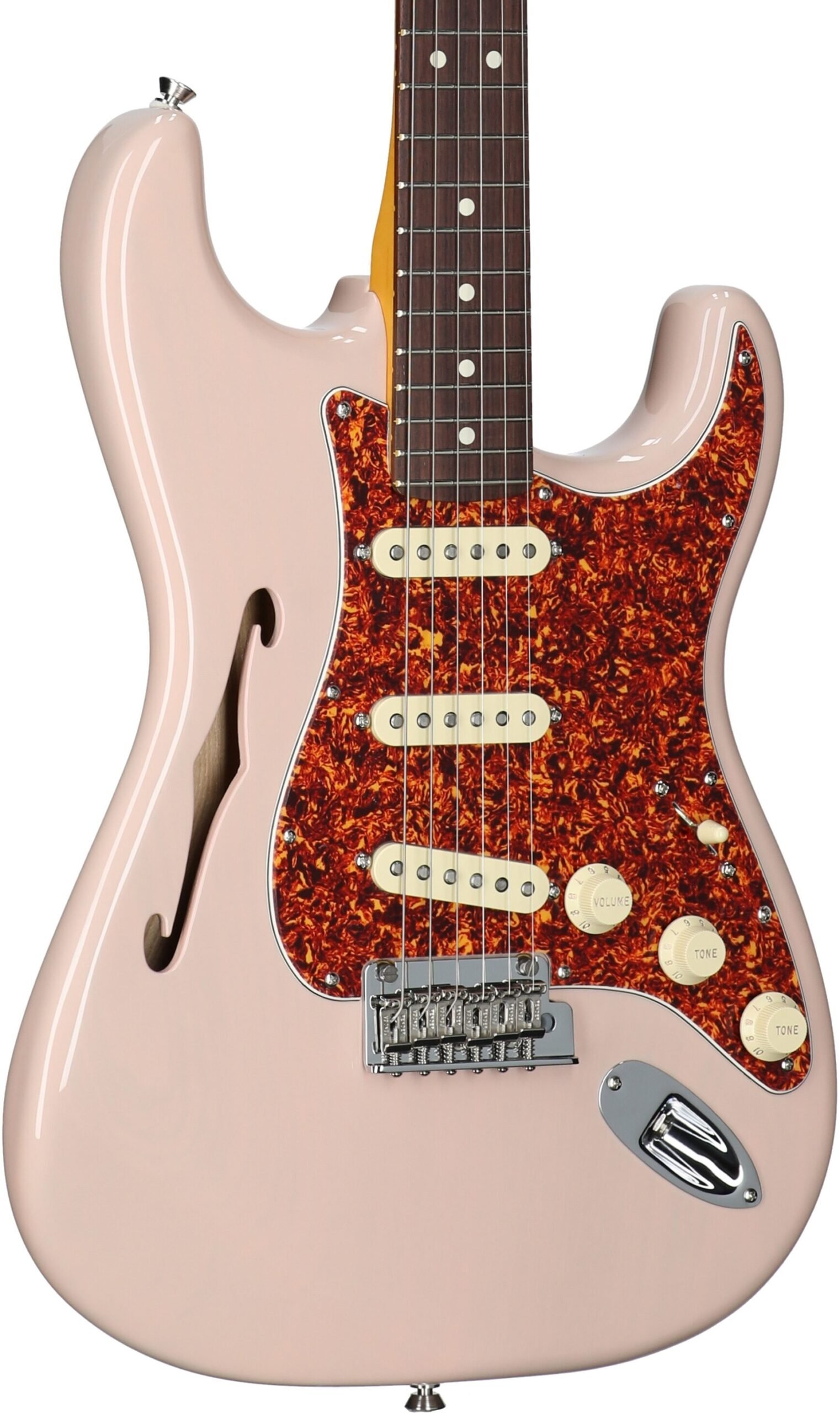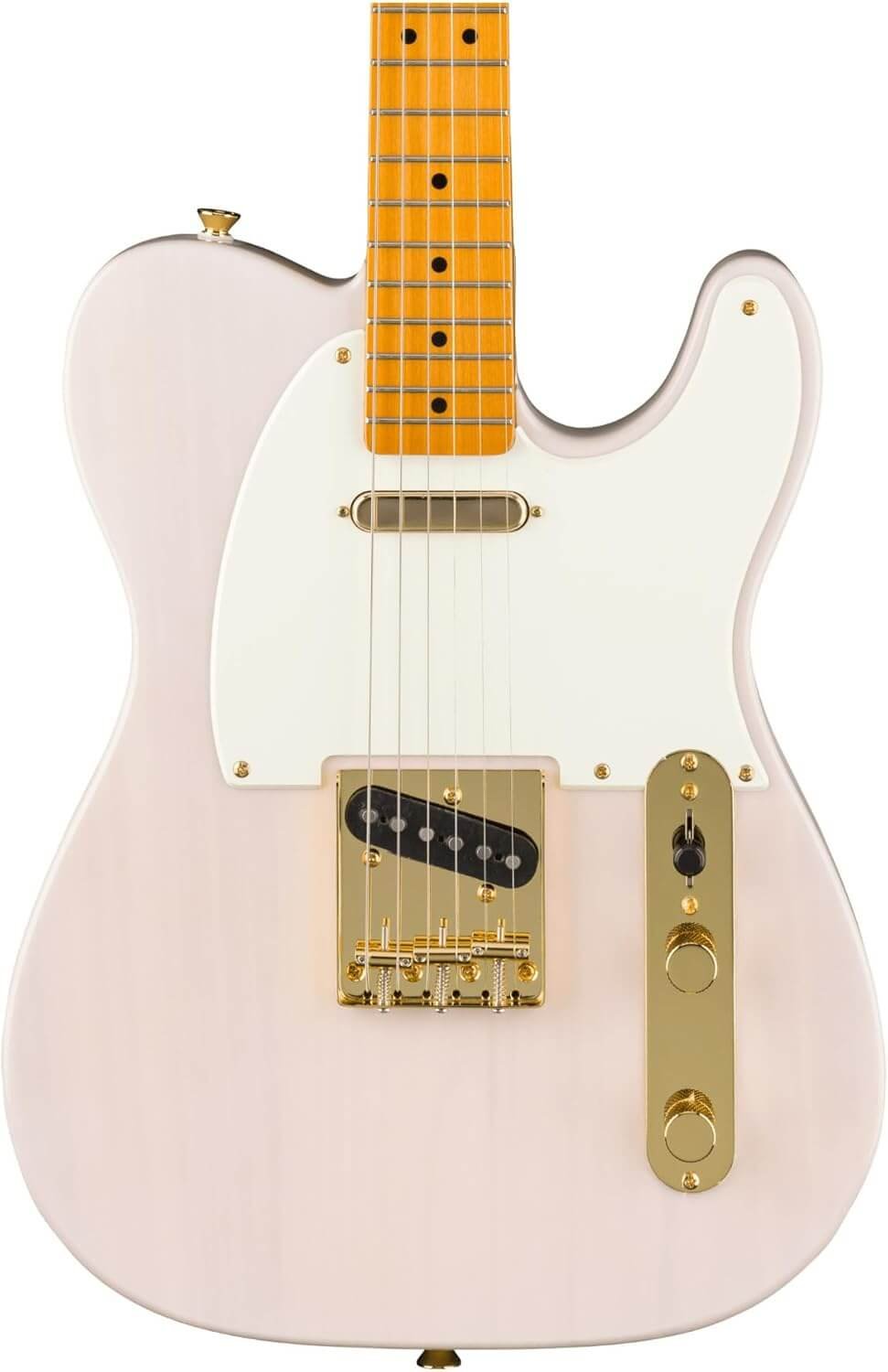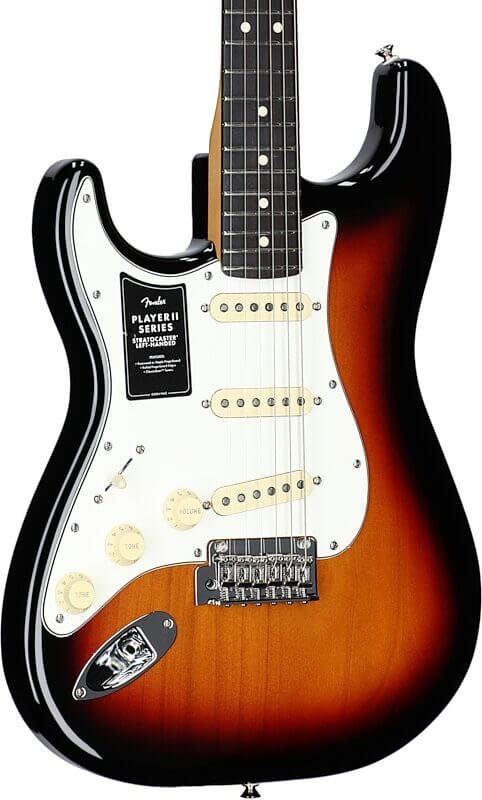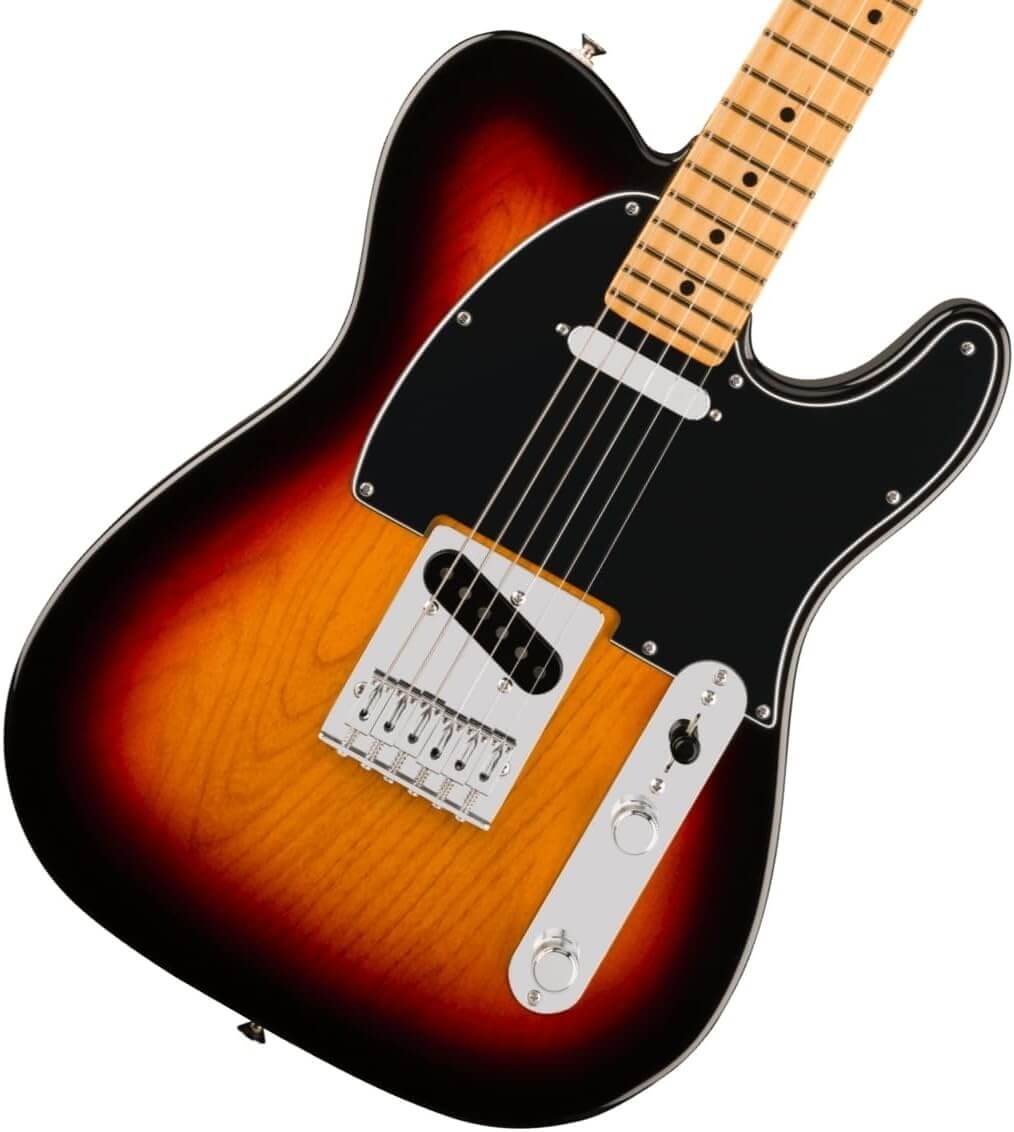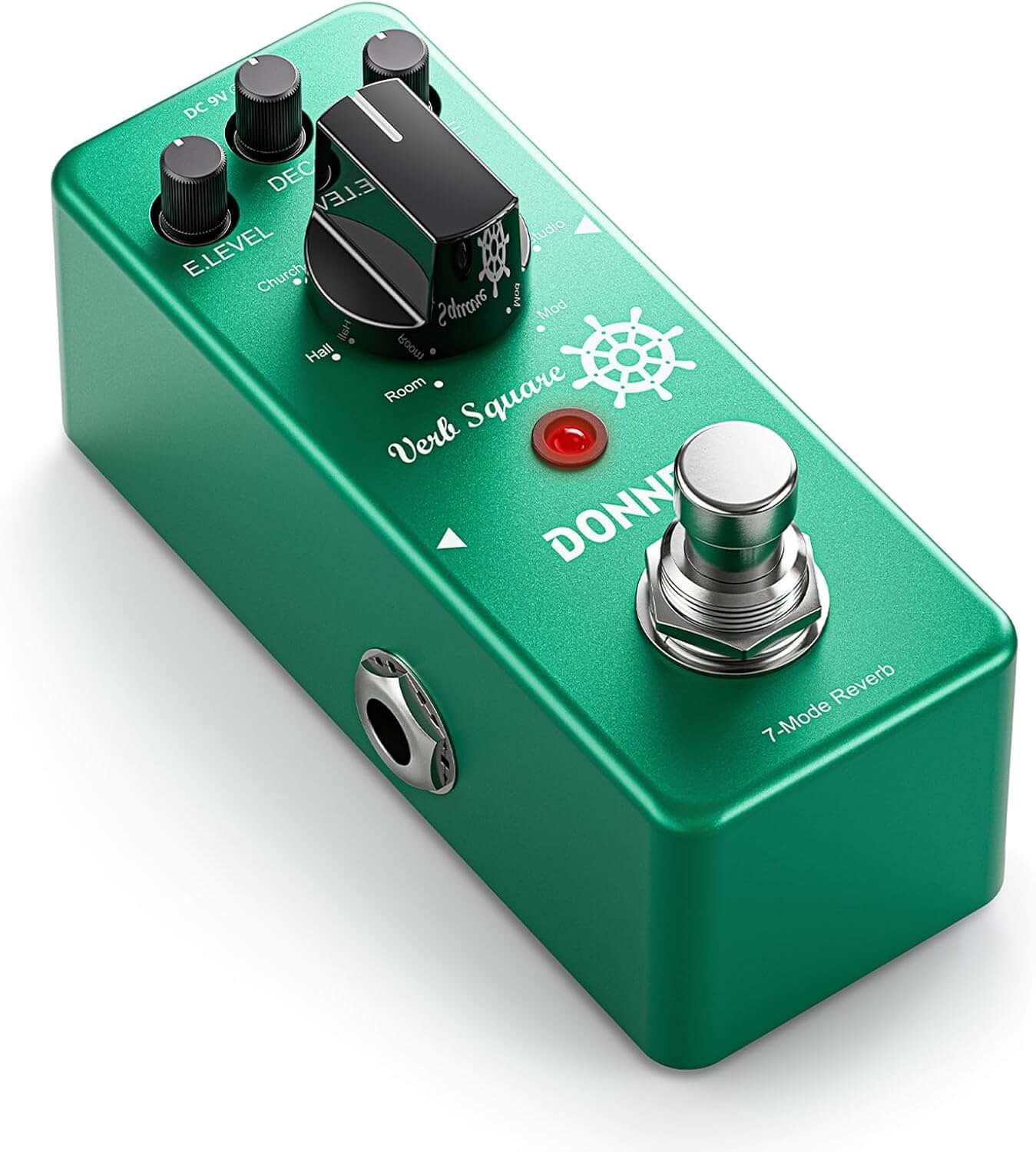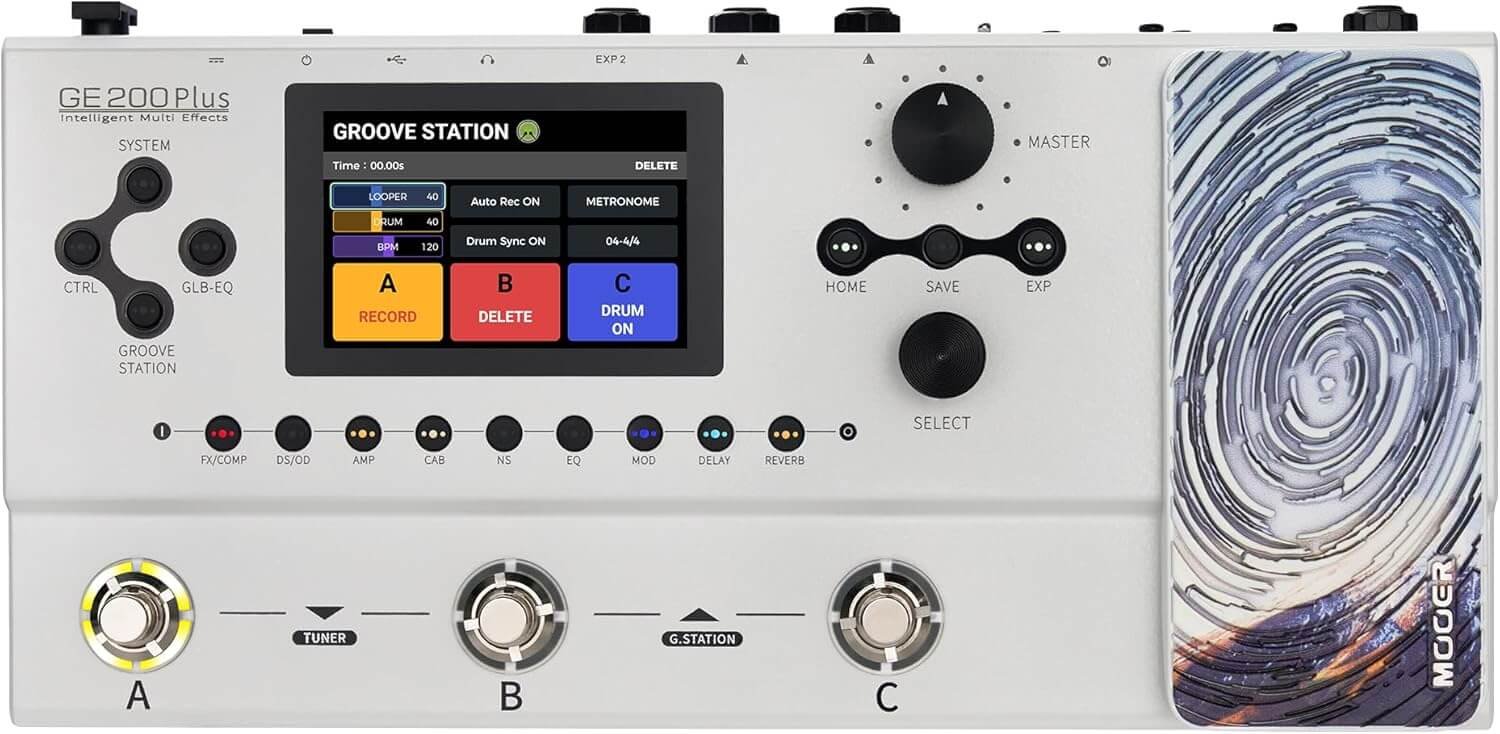Introduction to Fender Telecaster
The Fender Telecaster, introduced in 1950, stands as a cornerstone in the history of electric guitars and the broader music industry. Revered for its simplicity, innovative design, and distinctive sound, the Telecaster has enjoyed enduring popularity among musicians across various genres, including rock, country, blues, and jazz. Originally conceived as a solid-body instrument intended for practical commercial use, its impact has extended far beyond its initial purpose, establishing it as one of the most iconic electric guitars ever made.
The Telecaster’s straightforward design features a single-cutaway body shape, which has become emblematic of its aesthetic. Coupled with its dual-single coil pickups, the guitar produces a bright, cutting tone that is instantly recognizable. This sonic clarity has made it a preferred choice for countless guitarists, from session players to rock legends. Notable artists such as Keith Richards, Bruce Springsteen, and Jimmy Page have all contributed to the Telecaster’s storied legacy, each employing it to craft unique sounds and styles throughout their careers.
Birth of the Telecaster: The 1950s
The Fender Telecaster, initially introduced as the ‘Fender Broadcaster’ in 1950, marked a significant turning point in the landscape of electric guitars. Leo Fender, the visionary behind this instrument, sought to create a solid-body electric guitar that would cater to the needs of professional musicians. His innovative approach focused on producing a reliable, affordable, and easy-to-manufacture instrument, allowing for mass production and widespread accessibility. This vision materialized into the Telecaster, which would go on to become one of the most iconic guitars of all time.
The Fender Broadcaster was distinguished by its simple yet effective design, featuring a slab body carved from ash or alder and equipped with a single-cutaway shape. This design not only provided a striking appearance but also enhanced playability, solidifying its appeal among guitarists. Moreover, the use of a single-coil pickup offered a bright, cutting tone, which helped musicians to achieve a level of clarity that had previously been unattainable with acoustic instruments. It was this unique combination of design and sound that laid the foundation for the Telecaster’s popularity in various music genres, including country, rock, and blues.
As the 1950s progressed, the Broadcaster quickly gained traction among musicians. The instrument’s robust construction and versatile sound made it a favorite among pioneering artists, such as Jimmy Bryant and Merle Travis. In 1951, in response to legal challenges regarding the trademark name ‘Broadcaster,’ Fender rebranded the instrument as the Telecaster, a name that would become synonymous with innovation in the music industry. This renaming, paired with the guitar’s groundbreaking features, truly established the Telecaster as a transformative force in modern music, paving the way for its enduring legacy.
Design Changes Through the Decades: 1960s to 1980s
The evolution of the Fender Telecaster during the 1960s to 1980s marked a period of significant transformation, driven both by technological advancements and cultural shifts. The 1960s saw the introduction of new pickups, notably the increased use of the Stratocaster’s single-coil pickups alongside traditional Telecaster designs. This move allowed for a broader tonal palette, appealing to a generation of musicians looking for greater versatility in their sound. Artists gravitated towards these changes, shaping the landscape of popular music while also influencing the design direction of electric guitars.
Additionally, the late 1960s ushered in adjustments to the neck, including a shift to a thicker profile, which provided players with enhanced durability and playability. These modifications were not merely ergonomic; they were reflective of the stratification of musical styles—from surf rock to the burgeoning realms of blues and country, each genre finding a voice in the modified Telecaster. The visual aesthetics also evolved during this time, with new finishes and colors being introduced, aligning with the vibrant culture of the ’60s and the artistic expression prevalent among musicians.
Through these decades, the Telecaster not only adapted to the preferences of guitarists but also became a canvas for personal expression, embodying the shifting tides of musical genres and cultural influences.
The Rise of Popularity: 1990s
The 1990s marked a significant resurgence in the popularity of the Fender Telecaster, largely fueled by the emergence of grunge and alternative music movements. The raw, unpolished sound characteristic of these genres aligned perfectly with the Telecaster’s distinctive tonal qualities, making it a staple for many musicians seeking authenticity in their sound. As bands like Nirvana and Pearl Jam rose to prominence, they put a spotlight on guitars that emphasized simplicity and grit, drawing attention back to the Telecaster.
One of the most notable figures in this resurgence was Kurt Cobain, the frontman of Nirvana, who often wielded a modified Fender Telecaster; his impactful songwriting and style showcased the instrument’s versatility and tonal range. Cobain’s choice helped to forge a strong connection between the Telecaster and the grunge aesthetic, signifying a departure from the elaborate, often highly modified guitars that had dominated the previous decade. At the same time, artists in the alternative rock scene, like Jeff Tweedy of Wilco and Jonny Greenwood of Radiohead, echoed this sentiment, further cementing the Telecaster’s position within the genre.
The decade also saw an influx of Telecaster models, appealing not just to rock musicians but reaching into country and blues fields as well. The instrument’s adaptability allowed it to be the choice of artists like Brad Paisley and Albert Lee, who blended traditional sounds with contemporary flair. Several music festivals in the 1990s highlighted Telecaster artists, reinforcing its cultural significance within the broader musical landscape.
Through the unique blend of various musical influences, the 1990s rejuvenated the Fender Telecaster’s reputation, elevating it to an iconic status that has continued to resonate through the decades. This era not only celebrated the guitar’s classic roots but also paved the way for a new generation of musicians who embraced its rugged charm and adaptability.
Modern Era: 2000s to Present
The 21st century has marked a significant period in the evolution of the Fender Telecaster, as advancements in technology and materials have led to remarkable innovations in guitar design and craftsmanship. The introduction of modern production techniques has streamlined the manufacturing process while maintaining, and often enhancing, the quality that Fender is known for. In this contemporary era, the Telecaster has benefited from the incorporation of new materials, allowing for more diverse tonal possibilities and improved playability.
In the early 2000s, the rise of digital technology began influencing the music industry, and the Fender Telecaster was no exception. With the advent of computer modeling and CNC machining, precise and consistent manufacturing became standard practice. This has enabled Fender to produce a broader range of Telecasters that cater to varying musical styles and preferences. Additionally, the use of innovative materials such as locking tuners, and advanced pickup designs has further refined the instrument’s performance, enabling musicians to explore new sonic landscapes.
Moreover, the modern era has seen the launch of a variety of signature models and artist collaborations, enhancing the Telecaster’s appeal to a broader audience. Iconic musicians have put their stamp on the Telecaster, resulting in limited-edition releases that feature unique specifications and aesthetic designs. These artist signatures not only celebrate the legacy of the Telecaster but also serve as an inspiration for musicians seeking to incorporate their idols’ distinctive styles into their own playing.
Overall, the Fender Telecaster’s journey into the 21st century reflects an admirable blend of tradition and innovation. As guitar technology continues to evolve, the Telecaster remains a beloved instrument offering both time-honored craftsmanship and modern advancements, ensuring its relevance in today’s music scene.
Famous Telecaster Players: Legends and Influence
The Fender Telecaster, renowned for its bright and cutting tone, has found a home in the hands of numerous legendary guitarists across diverse genres. Its unique sound has contributed significantly to the signature styles of many players, making it an iconic instrument in the world of music. One of the earliest adopters was country music star, Merle Haggard, whose use of the Telecaster helped define the sound of Bakersfield country. Haggard’s ability to seamlessly blend traditional country with a more modern edge showcased the versatility of the instrument.
In the realm of rock music, few players are as influential as Jimmy Page of Led Zeppelin. Page utilized the Telecaster during the band’s early sessions to create some of rock’s most memorable riffs and leads. The bright, cutting tone of the Telecaster provided a perfect contrast to Page’s more distorted tones, allowing for a unique sonic landscape that contributed significantly to the band’s iconic sound.
Beyond rock and country, the Fender Telecaster has also made its mark in the world of blues. The legendary B.B. King often incorporated the Telecaster into his performances, bringing a fresh perspective to the genre. His expressive vibrato and emotive bends, combined with the Telecaster’s distinct tone, created a style that resonated with countless fans and aspiring guitarists alike.
From pop icons like Bruce Springsteen to punk pioneers like Joe Strummer of The Clash, the Telecaster has not only been a popular choice but has also inspired countless musicians. These artists have, in many ways, helped to shape the Telecaster’s legacy, showcasing its adaptability and the unique character it brings to different musical styles. As the Telecaster continues to evolve, its presence in the hands of talented musicians ensures that it remains a lasting symbol of artistic expression and innovation.
Telecaster Variants and Customizations
The Fender Telecaster has undergone a remarkable evolution since its inception in 1950, leading to the emergence of a diverse array of variants and customizations that cater to the preferences of musicians across different genres. Among the notable variants is the Telecaster Deluxe, introduced in the early 1970s, which features two humbucking pickups, providing a thicker, warmer tone compared to the traditional single-coil pickups usually associated with the Telecaster. This model appeals particularly to rock and jazz guitarists who seek a more robust sound.
Another significant version is the Telecaster Custom, characterized by its bound body and unique pickup configurations. Originally designed for professional players who desired versatility, the Custom model enables guitarists to achieve an even wider tonal palette, from the classic Tele twang to a more pronounced presence suitable for soloing. The Thinline Telecaster, introduced in the 1960s, further expanded the Telecaster family. Featuring an innovative semi-hollow body design, it offers a lighter playing experience and a distinct resonance that adds depth to its sound, making it favorable among folk and alternative musicians.
Moreover, Fender’s custom shop has played a pivotal role in the Telecaster’s evolution, allowing artists to personalize their guitars according to specific needs and artistic visions. Musicians can choose from a vast range of finishes, neck profiles, and pickup types, ensuring that each Telecaster reflects their individual style. This level of customization has not only solidified the Telecaster’s presence in various music scenes but also fostered a sense of ownership among players.
Overall, the continued development of Telecaster variants and the rich customizing options available contribute to the enduring legacy of this iconic instrument, making it a staple in the arsenal of guitarists worldwide.
Cultural Impact: The Telecaster in Media and Beyond
Since its introduction in 1950, the Fender Telecaster has transcended its role as a mere musical instrument to become a significant cultural icon. In media such as film and television, the Telecaster has often been showcased, reinforcing its association with various lifestyles and musical movements. Artists across many genres have used the Telecaster, a decision that has enhanced its visibility and cultural resonance.
In film, the Telecaster frequently appears as the guitar of choice for character-driven narratives, symbolizing rebellion and freedom. Movies centered on musicians or the rock and roll lifestyle often feature protagonists wielding a Telecaster, positioning it as a representation of authenticity and passion. This visual representation has helped solidify the association of the Telecaster not just as a musical tool but as a statement piece within a larger cultural context.
Telecasting its impact on television, iconic shows that focus on music, such as “The Ed Sullivan Show” or “Saturday Night Live,” have prominently featured artists wielding the Telecaster. This exposure has played a vital role in shaping public perceptions of the instrument. For example, performances by legendary figures such as Keith Richards and Bruce Springsteen have contributed to the Telecaster’s reputation as a preferred guitar for rock and country artists alike.
The advertising landscape has also embraced the Fender Telecaster, often utilizing its image to evoke a sense of nostalgia or to personify a laid-back, rebellious lifestyle. Brands that target music enthusiasts or youth culture have recognized the Telecaster’s allure and its connection to the broader narrative of American music. Through a blend of aesthetic appeal and historical significance, the Telecaster has become synonymous with particular movements, from folk to punk, implying an ethos that resonates with audiences around the globe.
Looking Ahead: The Telecaster’s Future Beyond 2025
As we look to the future of the Fender Telecaster beyond 2025, it is essential to consider the dynamic relationship between music, technology, and cultural trends. With the rapid advancement of digital technology, new instruments and sound production methods are constantly emerging, presenting both challenges and opportunities for traditional guitars, including the Telecaster. The integration of artificial intelligence and digital effects has begun to reshape the soundscape of modern music, potentially influencing the tonal characteristics and design elements of this iconic electric guitar.
One of the most significant trends likely to impact the Telecaster’s future is the rise of hybrid instruments that combine traditional craftsmanship with modern technology. This could manifest in innovative features such as built-in effects processors, multi-channel outputs, and advanced pickup technology that retains the warmth and characteristic twang of the Telecaster while offering musicians a broader range of sonic possibilities. Brands like Fender may seek to incorporate such features while remaining steadfast to the guitar’s classic aesthetic.
Moreover, as music genres continue to evolve, the Telecaster’s design could be adapted to meet the demands of diverse musical styles. Emerging genres like lo-fi, indie pop, and electronic music are paving the way for guitars that offer both versatility and style. Anticipating these changes, Fender may explore specialized Telecaster models that cater to these new influences while ensuring that the defining qualities of the Telecaster remain intact. Such approaches would safeguard the instrument’s legacy while appealing to a fresh generation of musicians.
In conclusion, the future of the Fender Telecaster appears promising as long as the balance between innovation and tradition is maintained. By embracing changing musical landscapes and incorporating technological advancements, the Telecaster can continue to evolve while honoring its rich heritage. This iconic guitar is not merely a product of its time; rather, it is an enduring symbol of creativity that will adapt to the needs of future musicians.


